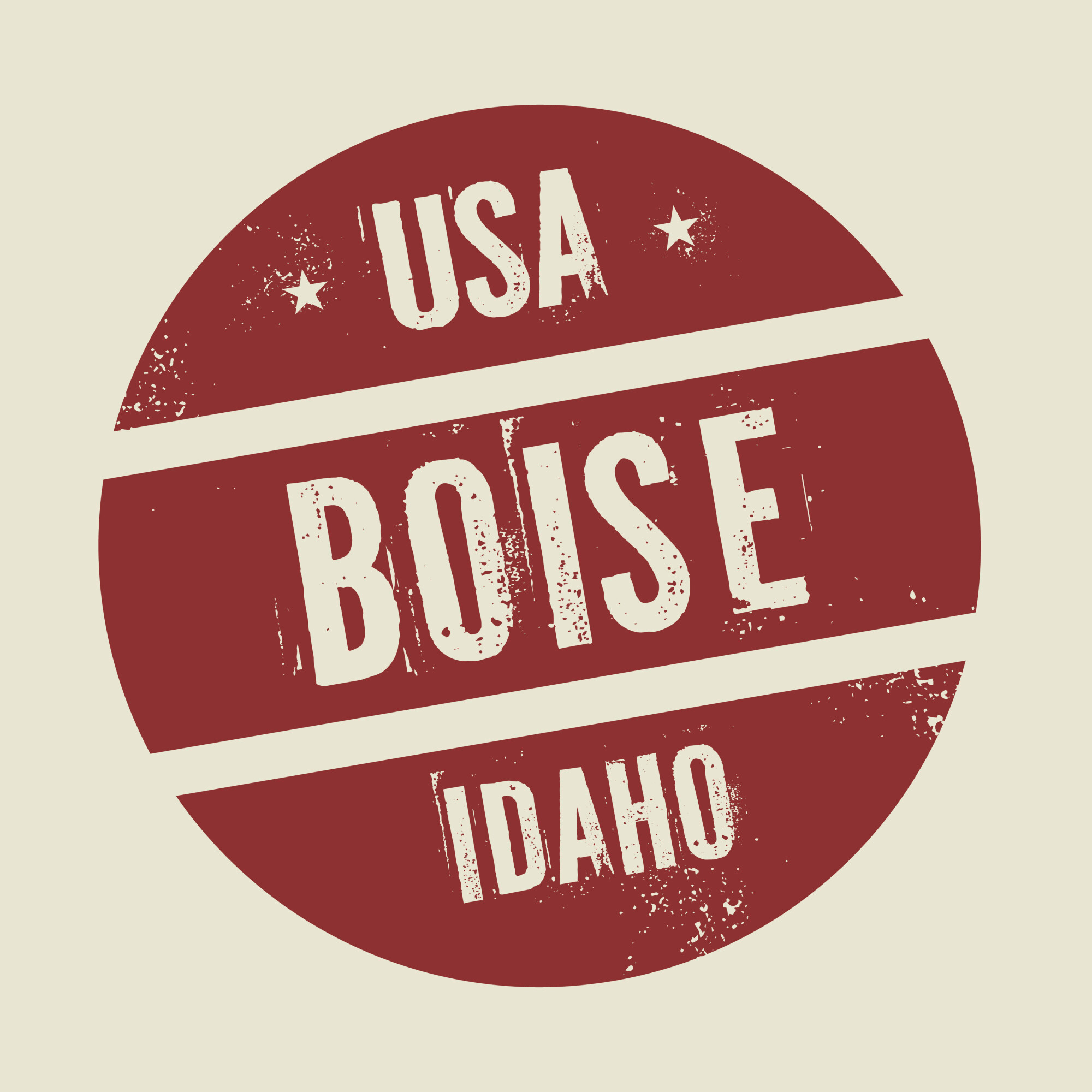Deep in the Nazca desert in southern Peru, there is a perplexing landmark that has confused, inspired, and delighted tourists and professionals for nearly 2,000 years. The landmark takes the form of massive lines, shapes and forms etched into the desert ground. Although they resemble hieroglyphics, researchers still can’t agree on exactly what they are or what they mean.
We have come to refer to this landmark as “the Nazca Lines.” In 1994, it became a UNESCO world heritage site. Today, they are a destination for tourists who want to take in the mystery with their own eyes.
Are you fascinated by the lines, or interested in a Nazca Lines sightseeing trip of your own? Brush up on these five Nazca facts before heading on your trip and you’ll have all the information you need to try and solve the mystery yourself!
1. We Know What They’re Made Out Of
The first question you probably have is, “What are the Nazca lines?” While researchers can only guess at their function, they have figured out how the ancient Nazca people created them, and why they’ve lasted so long.
The desert is full of rocks coated in iron oxide, which is what gives the rocks and sand their rusty reddish-brown hue. When the Nazca removed the rocks, there was pale clay left behind.
This paler color stands out in stark contrast to the red rocks, making the lines visible from a distance. The reason the clay doesn’t erode is that it is rich with lime.
2. We Can Identify a Few Shapes
There are three main shape categories when it comes to the lines. They are straight lines, geometric figures, and biomorphs. Some of the lines stretch for 30 miles from end to end!
Tourists are most interested in the biomorphs, which can span up to 1,200 feet! The biomorphs come in a few identifiable shapes, including about seventy plants and animals. We’ve identified shapes including monkeys, trees, lizards, cacti, and dogs.
3. We Haven’t Been Studying Them for Very Long
While the first references to the lines appeared in a book in 1553, they weren’t studied until about 1926. They didn’t gain any real attention until 1930 when commercial flights over Peru became possible. Once the average traveler could see them, people began asking questions!
4. We Haven’t Found Them All
Archeologists have discovered new lines in the Nazca desert as recently as 2018! Technology is making it possible to discover new elements that humans have never seen before. Researchers have had a lot of success using drones, and many believe there are more to find!
5. You Can Get Up Close and Personal
To understand the immense scale of the lines and forms, you need to see them in person. Most travelers who make the trip choose to see the lines from the air so they can take in their full enormity. If you think a private Nazca Lines tour sounds awesome, click here to check it out.
The Nazca Lines: Seeing Is Believing
Everyone loves a mystery, and the Nazca Lines are one of the few remaining ancient mysteries we’re grappling with today. If you manage to visit Nazca in person, we recommend viewing the lines from above. You’ll be able to take in the tremendous, breathtaking scale of the lines – and maybe even make a few connections that scientists missed!
Looking for other things to do and see while you’re on the trip? Check out the rest of the blog for more travel posts that might inspire your next great journey!


